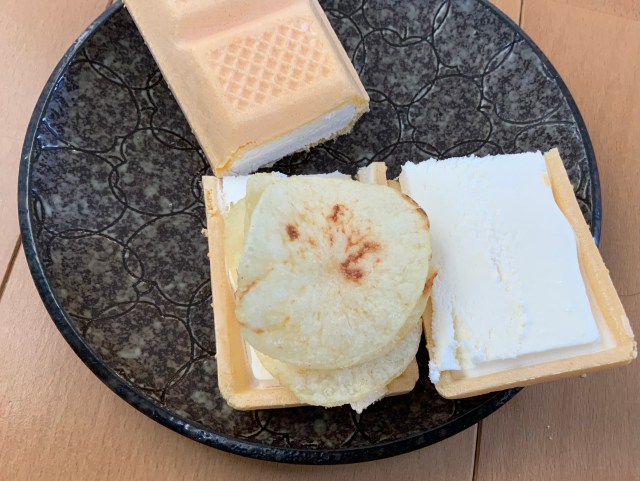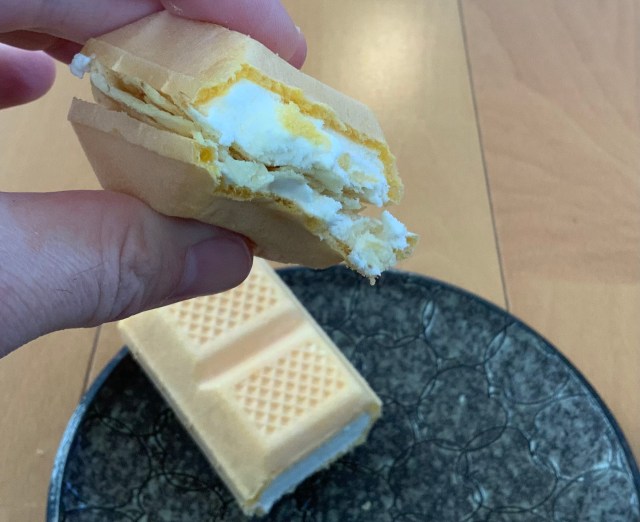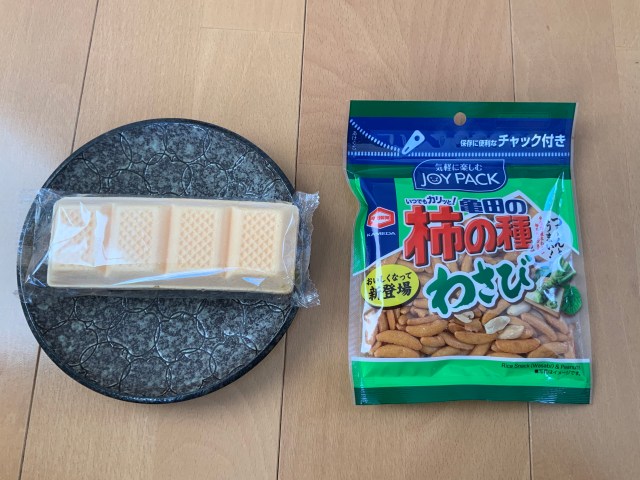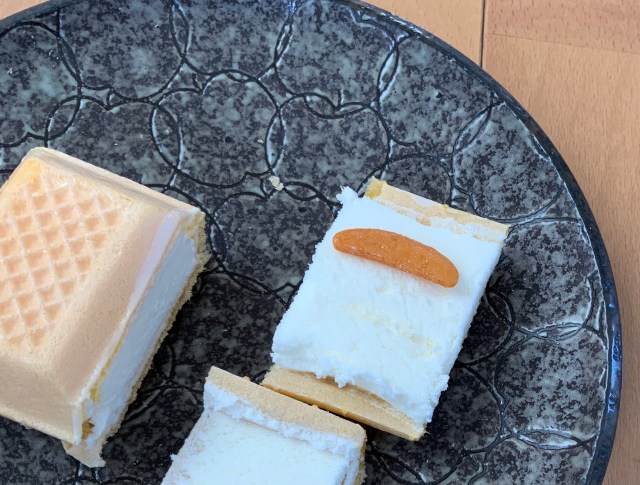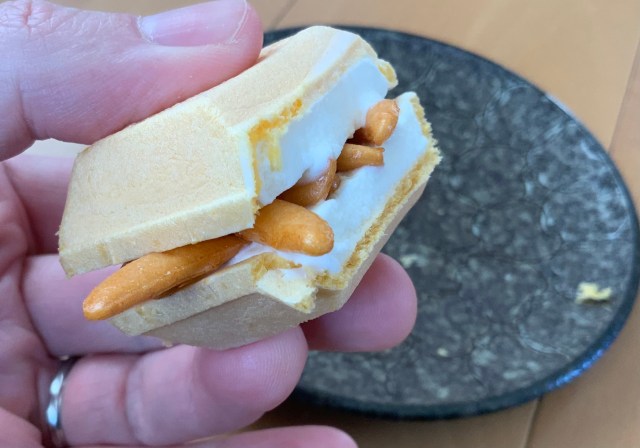The move is intended to provide relief from rising prices.
Last year saw a relentless assault of rising prices of just about everything, but the most serious effects have been seen in food prices. According to a survey by Teikoku Databank, over 20,000 food items from 105 companies went up by an average of 14 percent in 2022.
It’s far from over either as an additional 7,390 items are expected to go up in price by this April, with February looking to be the worst month with over 4,000 food-related price hikes. It’s going to be an unpleasant month for shoppers in Japan, but major convenience store chain Lawson is offering some relief by bucking this trend and increasing the size of 12 products by 47 percent at no extra charge.
【2/6から順次!】
— ローソン (@akiko_lawson) January 30, 2023
「日本全国47都道府県ハピろー!計画」の商品発表会がありました♪価格据え置きで重量約47%増「盛りすぎ」の商品が続々発売されます。楽しみです(^^) #ローソンhttps://t.co/Grl8gO6LcG pic.twitter.com/3covet2Uiw
For each of the three full weeks in February, four items will be given the enlargement treatment, occasionally with comical results. Starting on 6 February, Lawson’s Nama Gateau Chocolat will be considerably fatter for the same price of 235 yen (US$1.80). Likewise, their Neapolitan Spaghetti, Tuna & Mayonnaise Onigiri, and Yakisoba Rolls will be given weight increases of 47 percent for no extra charge.
▼ Before and after pictures of each item
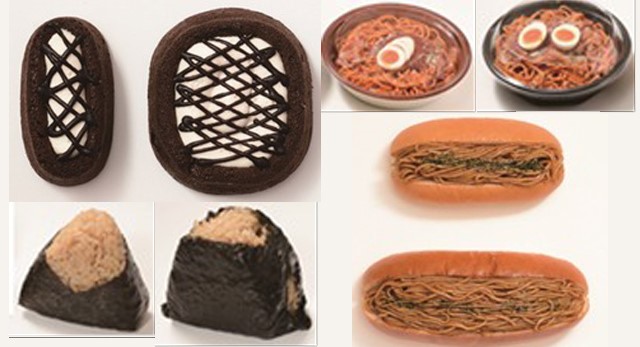
Then, from 13 February, Lawson’s Fried Rice & Yakisoba Bento will be 47 percent heavier, as will their Cheeseburger, with a 47 percent-larger patty, and Teriyaki Burger, which will become a Double Teriyaki Burger for the week. Also, one of Lawson’s most famous snacks, the Premium Roll Cake which is known for its almost absurd amount of cream, will be given a 47-percent boost in cream to the point that it’s overflowing from the top.
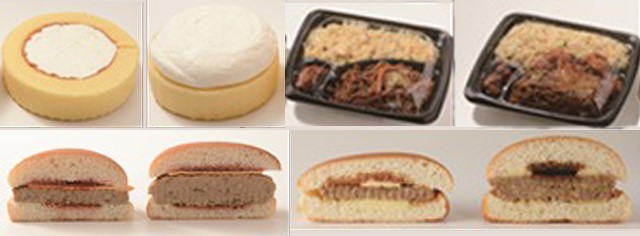
Finally, from 21 February, Lawson’s already beefy Thick Cheeseburger will become 47 percent beefier for no extra charge. Their Crispy and Juicy Hotdog will also swell by 47 percent and their Chorizo Sausage Buns will be given an additional sausage. Last but not least, starting 20 February their Custard Cream Puffs will be injected with 47 percent more custard cream, so be careful not to make a mess while eating it.
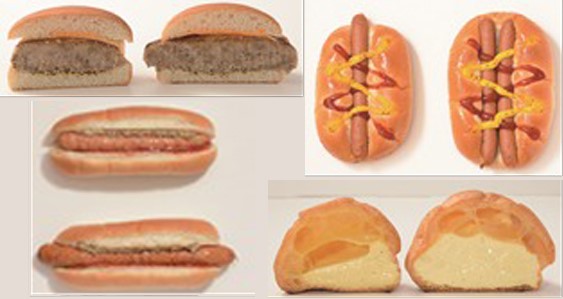
It’s a welcome change of pace from foods constantly getting smaller and more expensive, and online reactions have been generally positive.
“This is the best kind of campaign you could think of.”
“That roll cake is nuts.”
“When I saw the pictures, I thought it was a joke.”
“That made me smile.”
“Those pictures look even more than 47 percent bigger.”
“I thought Lawson Yakisoba Rolls were already too big.”
“I hope 7-Eleven is watching this.”
“I want that roll cake!”
From a business perspective, it would have been cheaper for Lawson to just discount the existing items for the month and the overall benefit to the customer would be the same. But taking that extra step of supersizing their foods makes a much bigger impact on people, especially these days.
I’m just a little bummed they didn’t include their melon pan in this campaign. Those are really good and it would’ve been cool to see one the size of half a volleyball.
Source: Lawson, Impress Watch, My Game News Flash
Top image: Twitter/@akiko_lawson
Insert images: Lawson
● Want to hear about SoraNews24’s latest articles as soon as they’re published? Follow us on Facebook and Twitter!



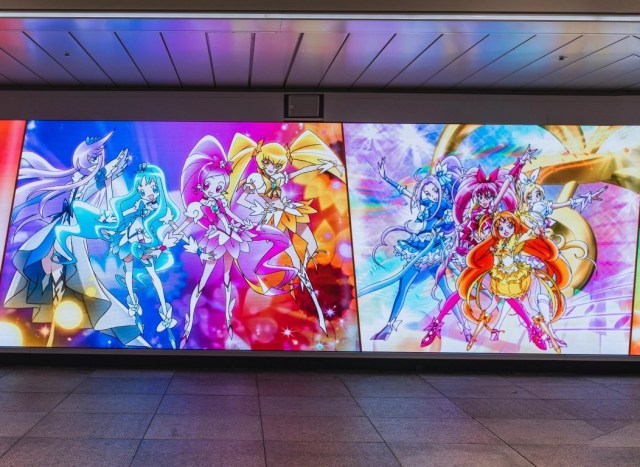
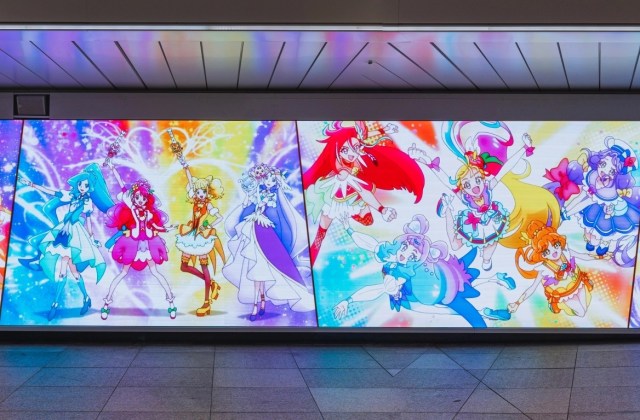
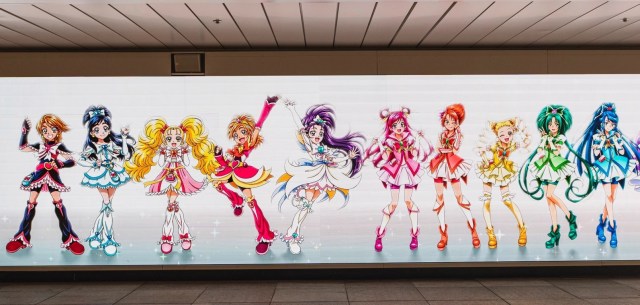
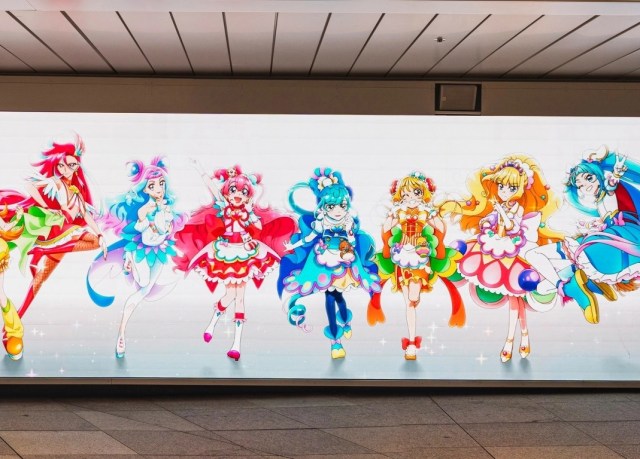

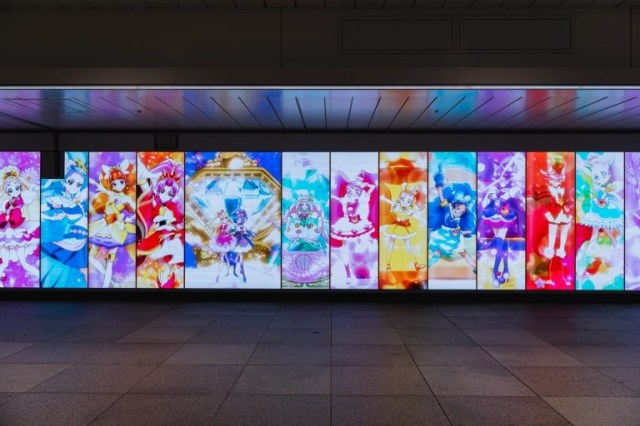









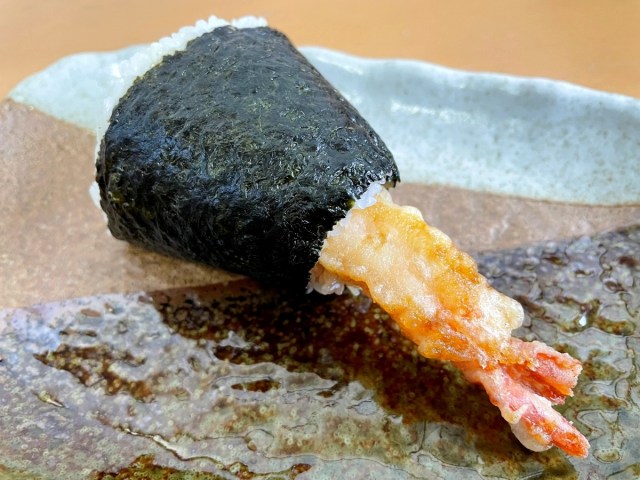
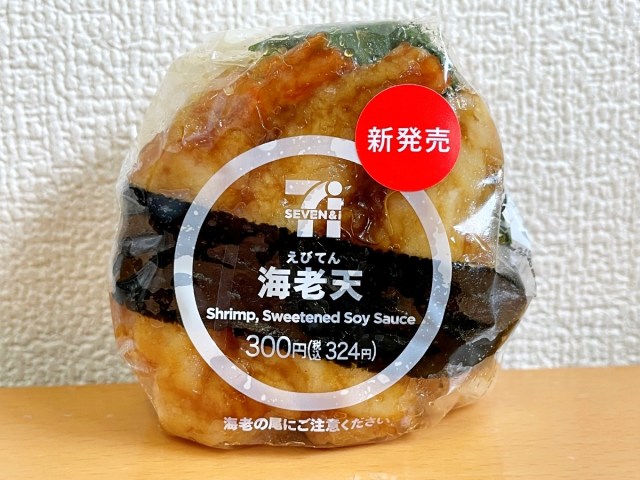
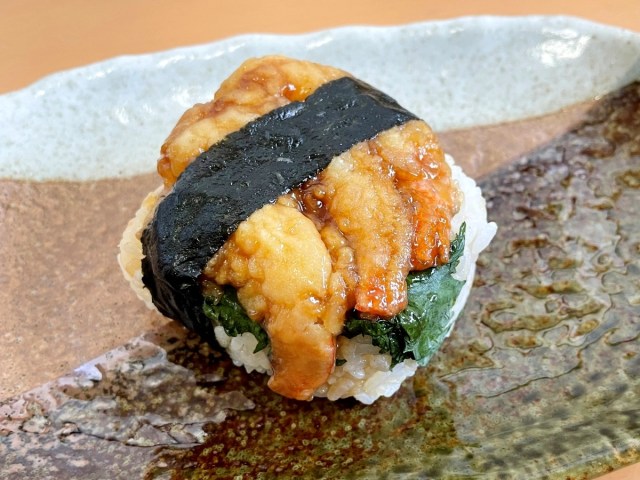
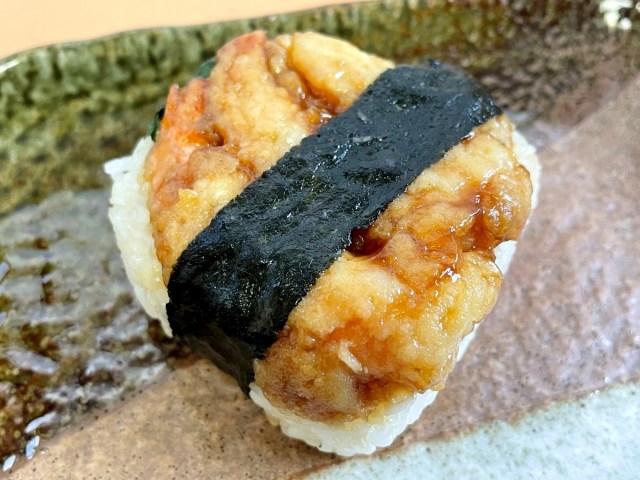
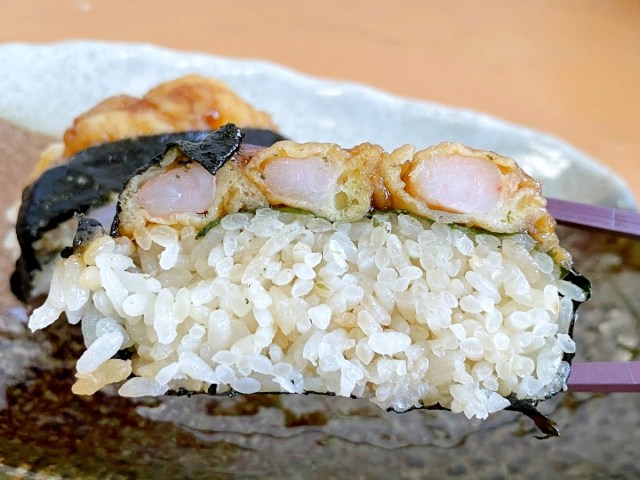
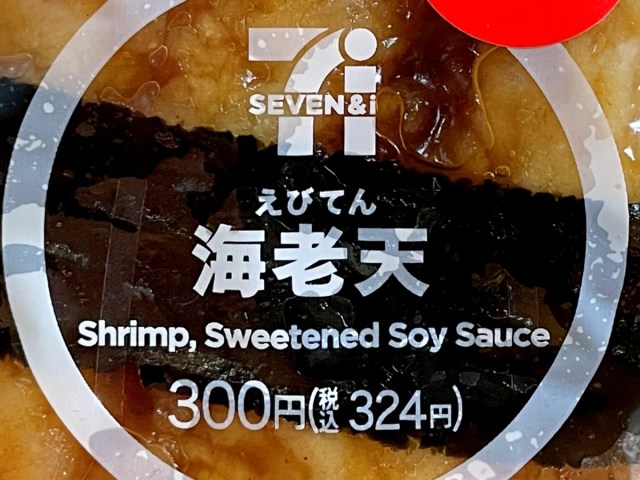
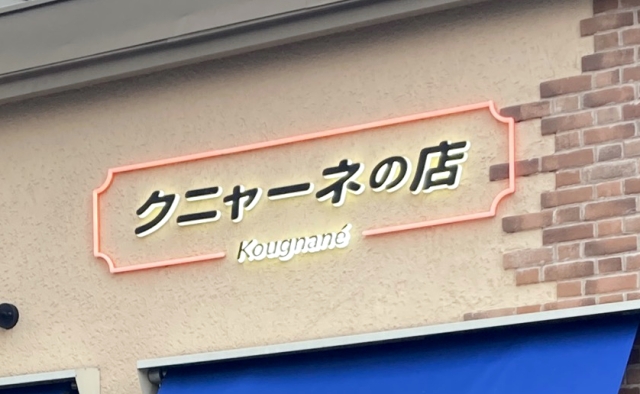

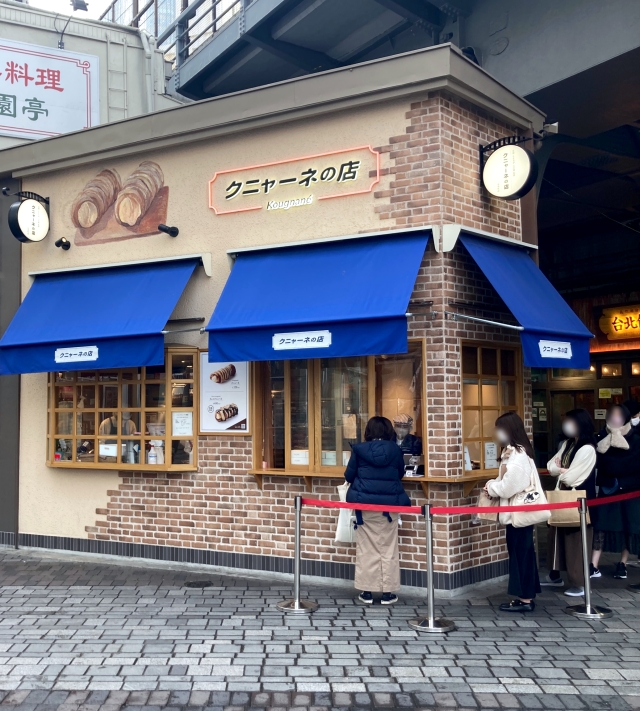
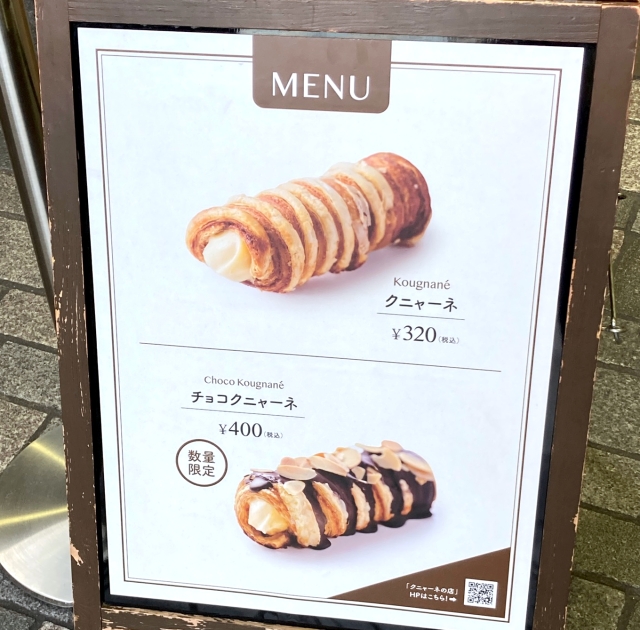
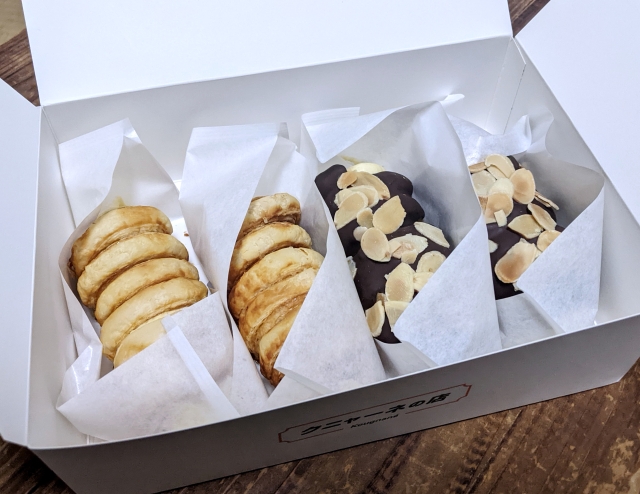
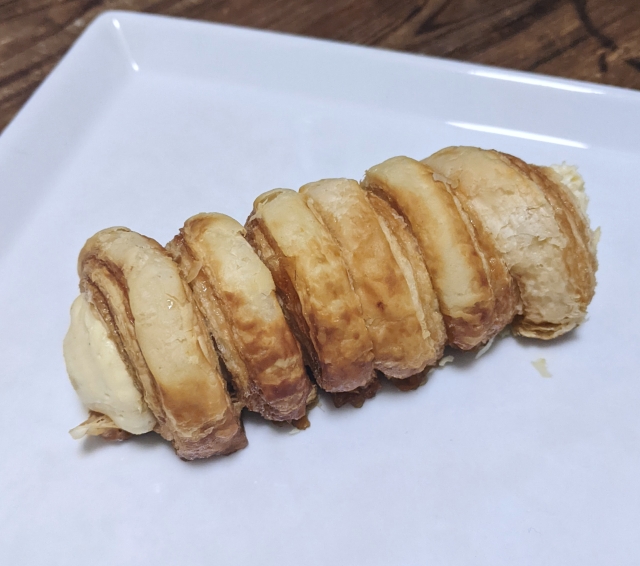
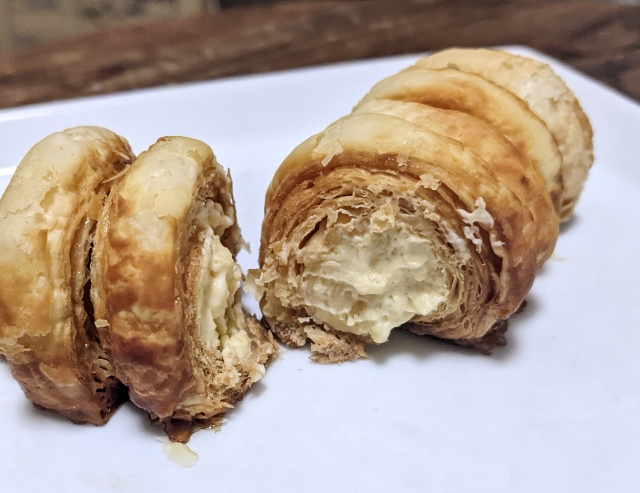
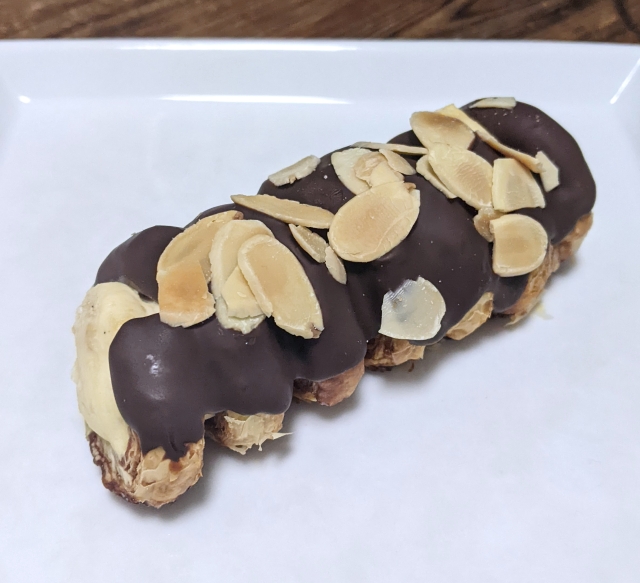
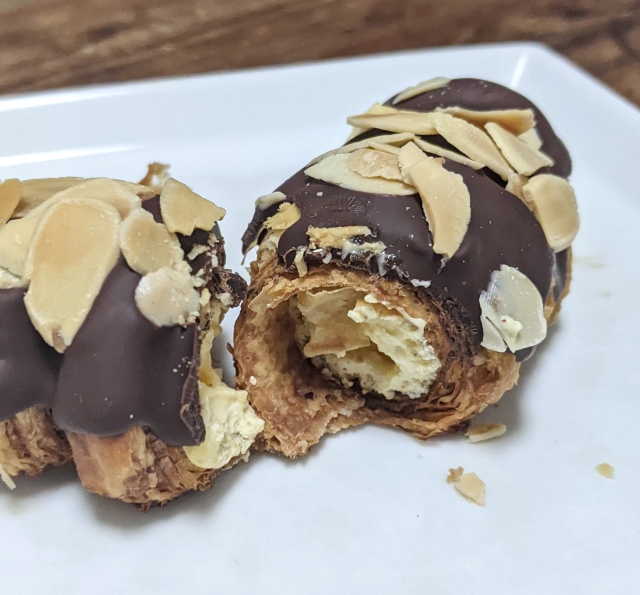
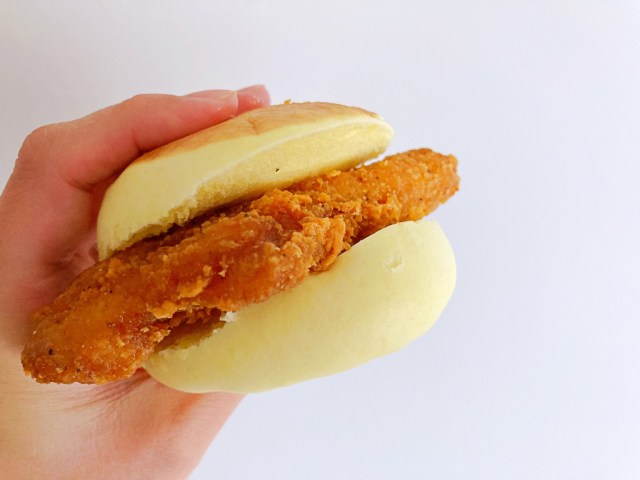
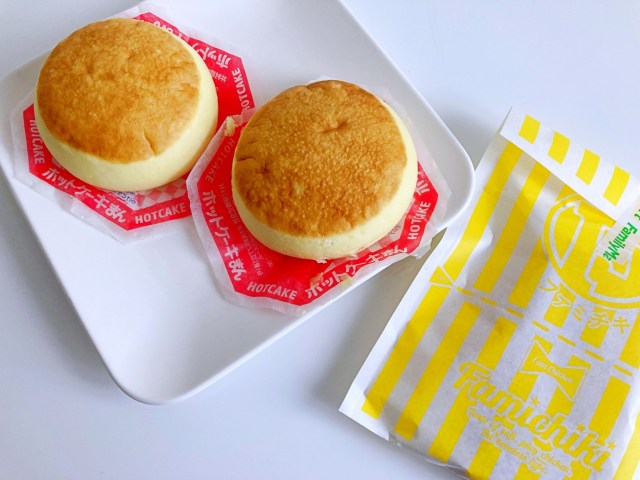
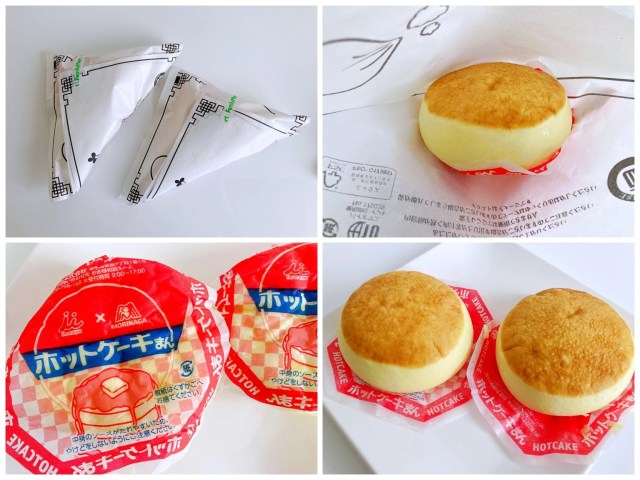
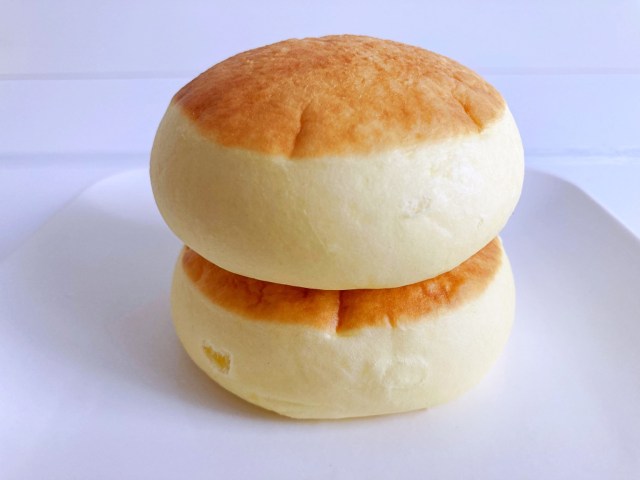

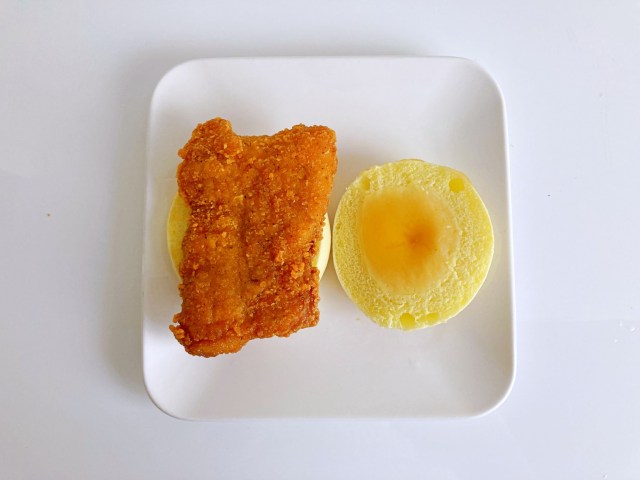

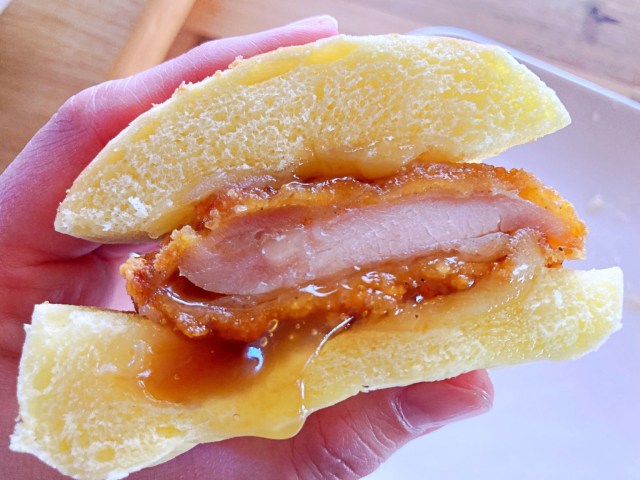

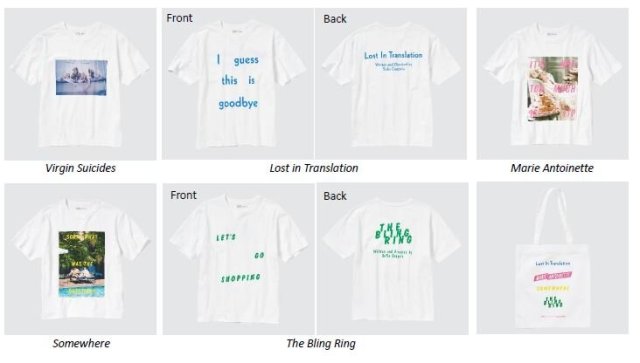

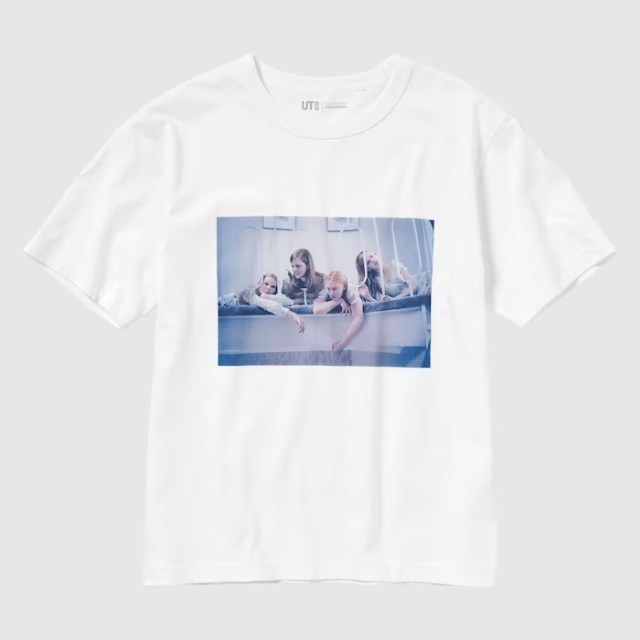





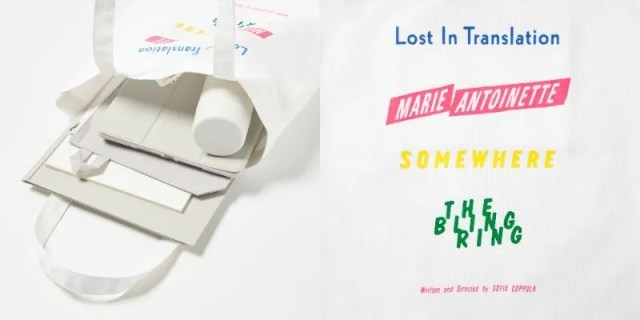
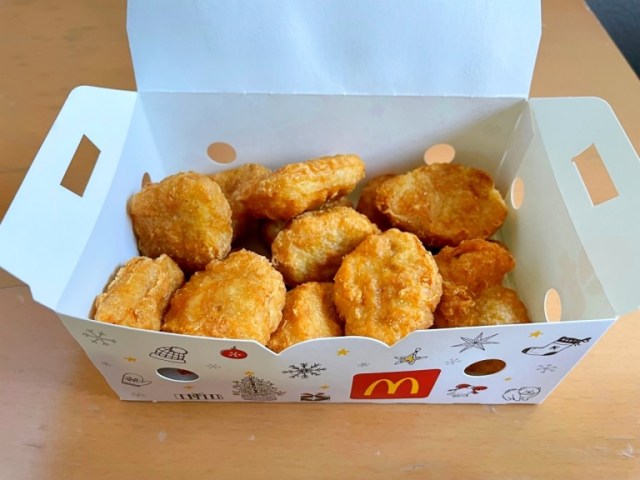

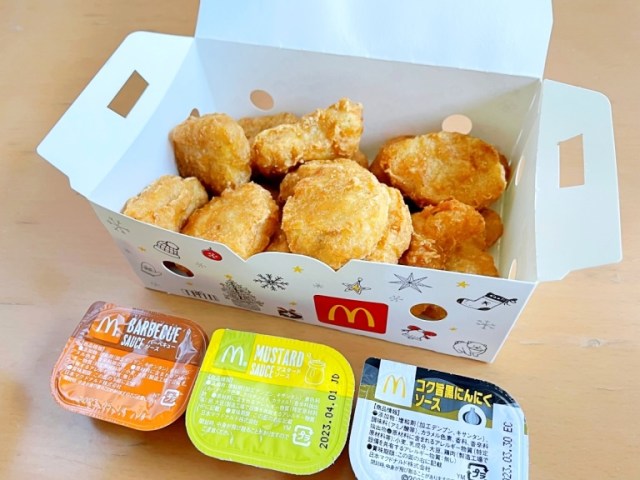
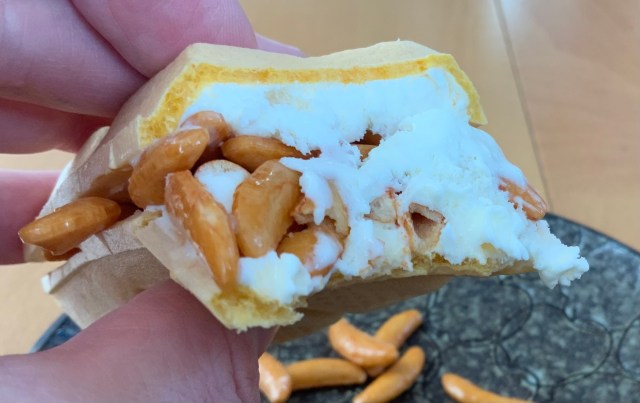
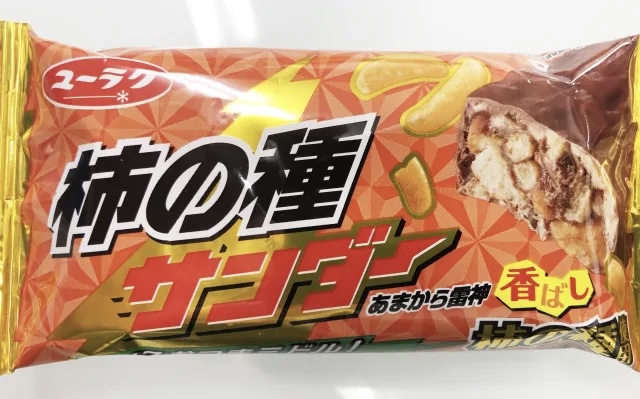
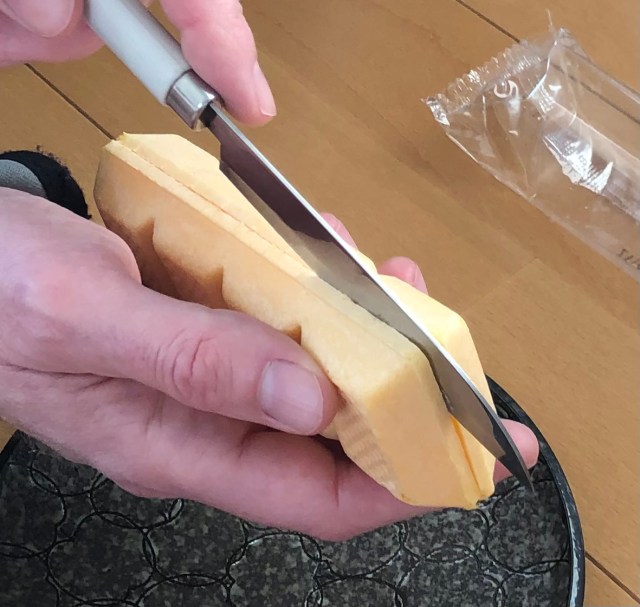
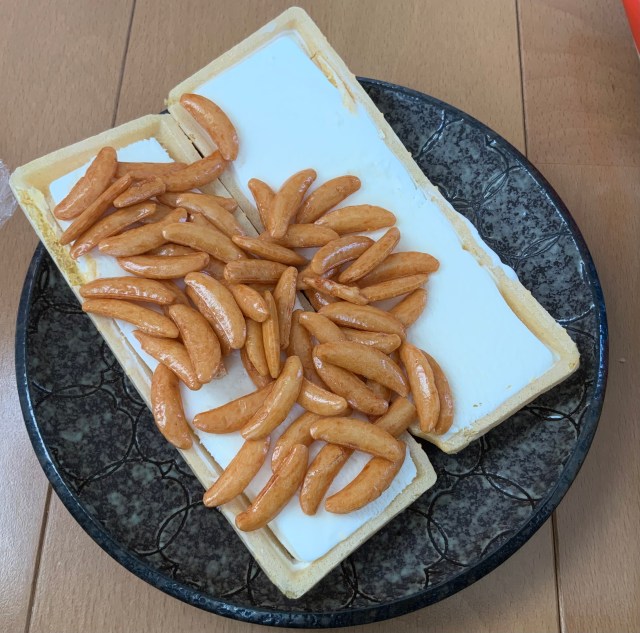
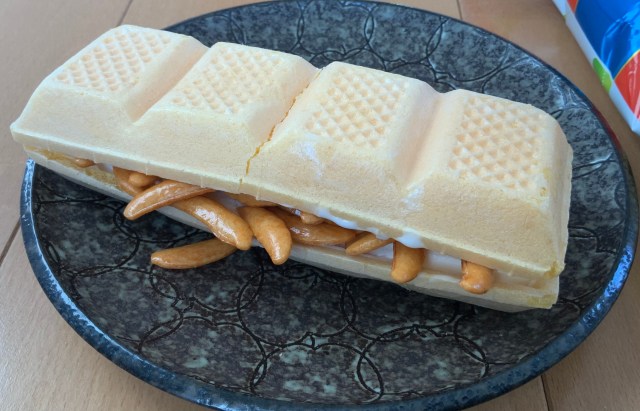
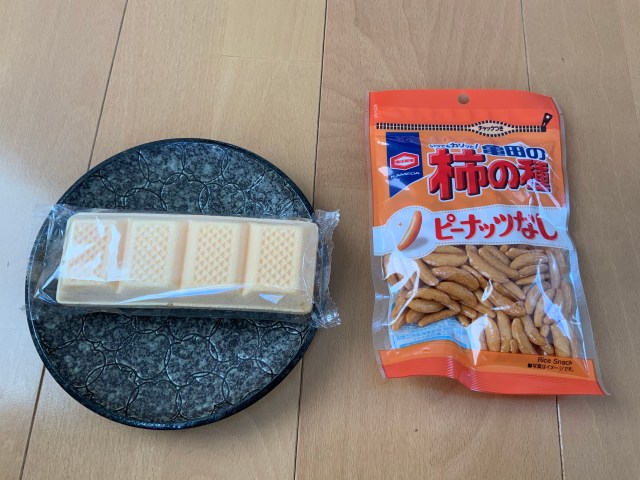
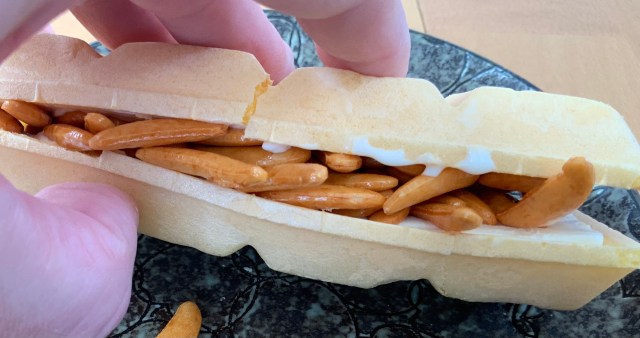
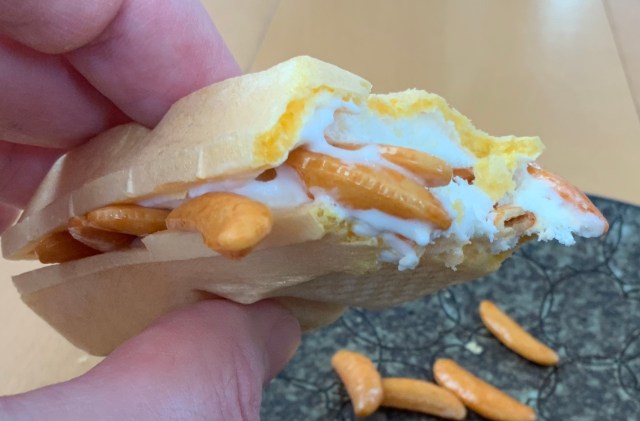
 Image:
Image: 